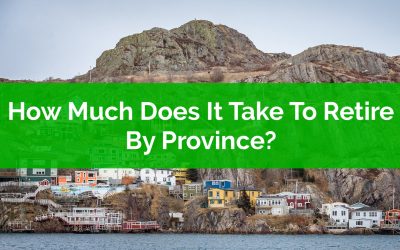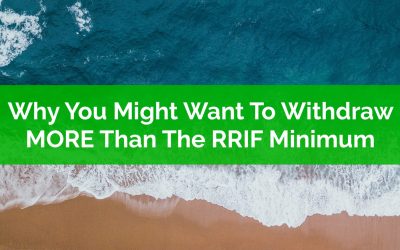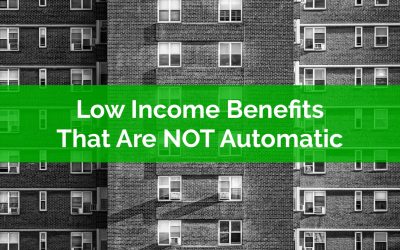Thank you for subscribing!
We can’t wait to send you our next post, you’re going to love it! In the mean time, check out our free resources.
Check out our latest blog posts…
How Much Does It Take To Retire By Province?
Planning for retirement is all about spending. Spending impacts almost everything about a retirement plan. More spending means more withdrawals and more taxes. Less spending means less withdrawals and less taxes.
More spending could mean there is a higher risk of running out of money. Less spending could mean that we need to be careful around estate planning because there may be a large amount of assets being passed on.
But spending needs to be supported by investment assets, so how much do we need to have invested? How much does it take to retire?
In this post, we’re going to take an interesting look at this question. We’re going to look at how much we need to retire depending on the province we live in. We’re going to look at how much you need to have invested to support the same retirement spending.
Disclaimer: Nothing in this post should be considered financial planning advice. We’re going to use averages and province wide tax rates with only general deductions. Because we’re all unique in some special way, the numbers in this post won’t apply to you, but the relative amount you need to have invested between provinces is interesting!
Why You Might Want To Withdraw MORE Than The RRIF Minimum
At some point every person with an RRSP is going to need to make a decision about converting their RRSP to a RRIF. The Registered Retirement Income Fund (RRIF) works very similarly to the RRSP with a couple notable exceptions.
One of those exceptions is that there is a minimum RRIF withdrawal each year. Retirees need to make this minimum withdrawal from their RRIF each year and this minimum will slowly increase from year-to-year. The RRIF minimum will escalate each year as a retiree gets older. By the time a retiree reaches their mid-90s they are forced to withdrawal 20% of their RRIF each year!
Because the withdrawal is a minimum, and conversion from a RRSP to a RRIF is mandatory, this often leads people to believe that keeping money in a RRIF is a good idea. After all, if they’re being forced to take money out, wouldn’t that suggest that keeping money in is a good idea?
For many people, taking out only the minimum RRIF withdrawal each year is actually a bad idea. Many people would benefit from a different RRIF withdrawal strategy. Many people would benefit from taking out more than the minimum each year. They would increase their financial flexibility, they would decrease the tax on their estate, and they could even qualify for certain benefits late in retirement.
In this post we’ll look at RRIF withdrawal rules, the minimum RRIF withdrawal percentage by age, and we’ll explore two scenarios where we show how a retiree can benefit from RRIF withdrawals that are larger than the minimum.
We’ll also explore how this strategy is even more impactful after a large stock market correction.
Low Income Benefits That Are NOT Automatic
There are a large number of benefits available to low and moderate income households. Some of these benefits are government benefits, they provide direct income support. But some of these benefits are a combination of government & private benefits, and they help offset specific expenses.
Many government benefits are automatic based on annual tax filing. As long as an income tax return is filed on time each year, these benefits are automaticity calculated and paid based on adjusted family net income (aka. AFNI… this is essentially line 23600 of your tax return).
But there are other benefits that are available to low and moderate income households and these benefits must be applied for individually, and are not automatic based on annual tax filing, but they can still provide a significant benefit for low and moderate income households.
Most of these non-automatic benefits are delivered with help of private companies and they help offset specific types of expenses. These benefits are a combination of government/private and must be applied for every 1-2 years.



